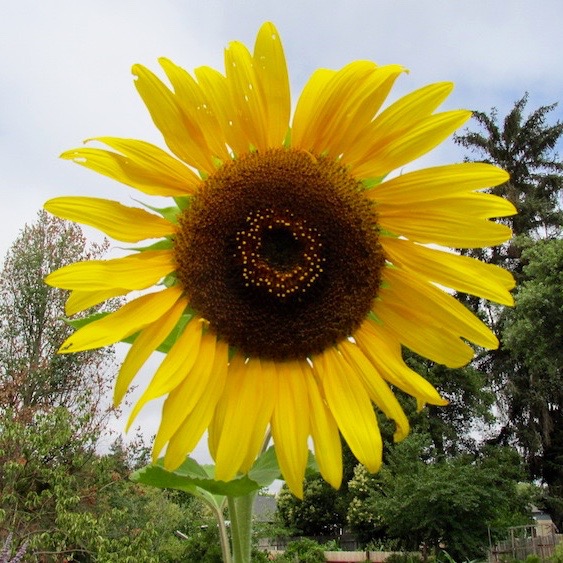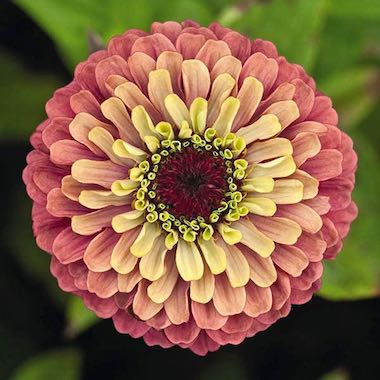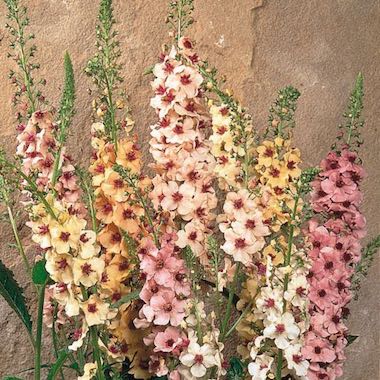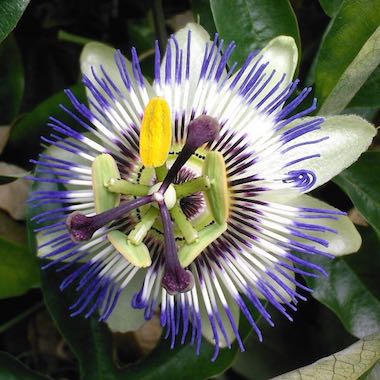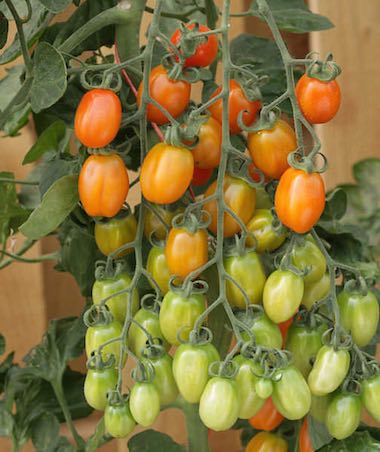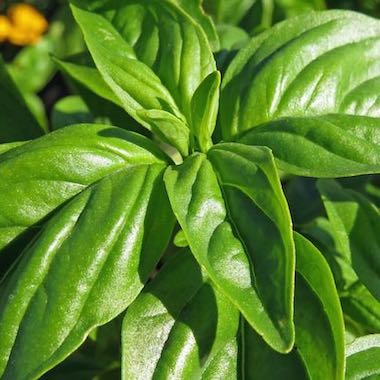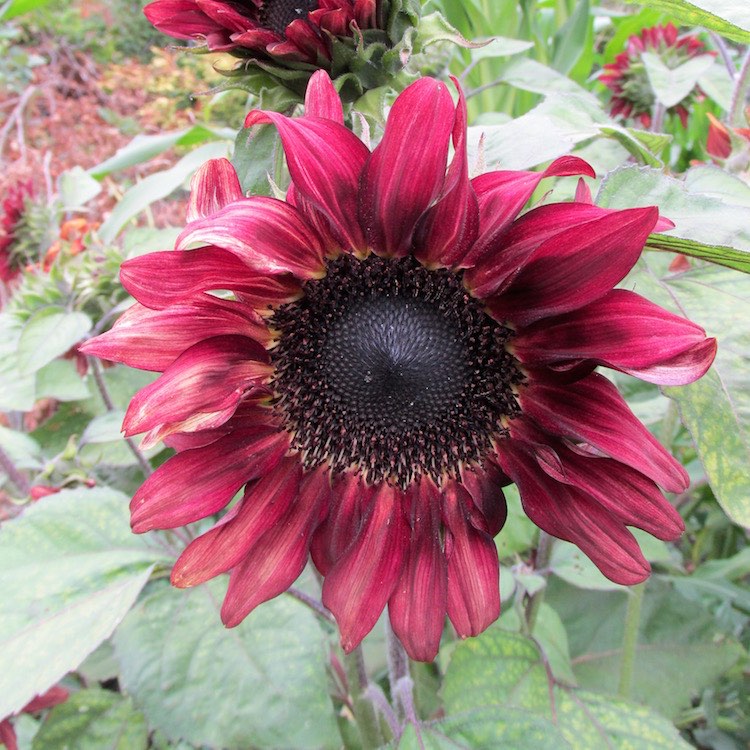
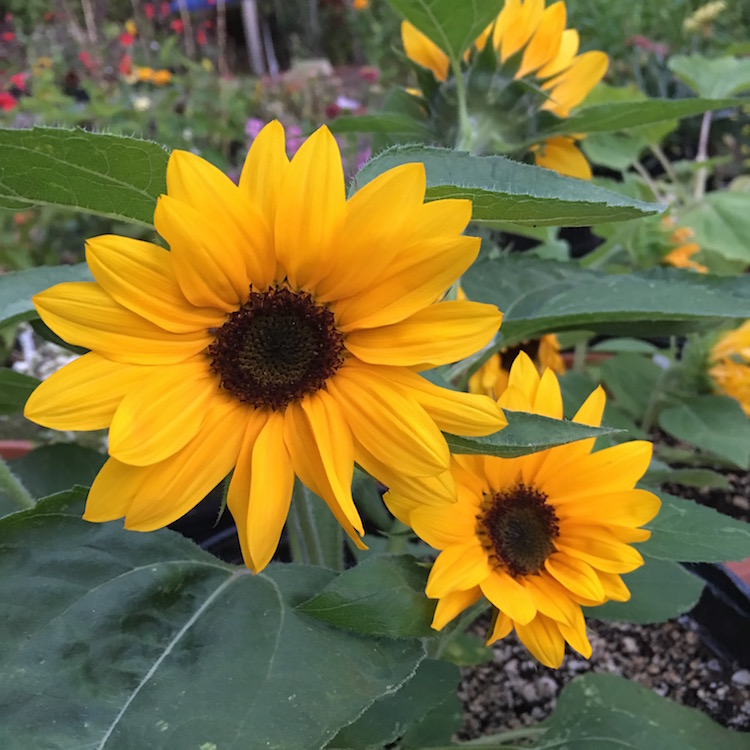
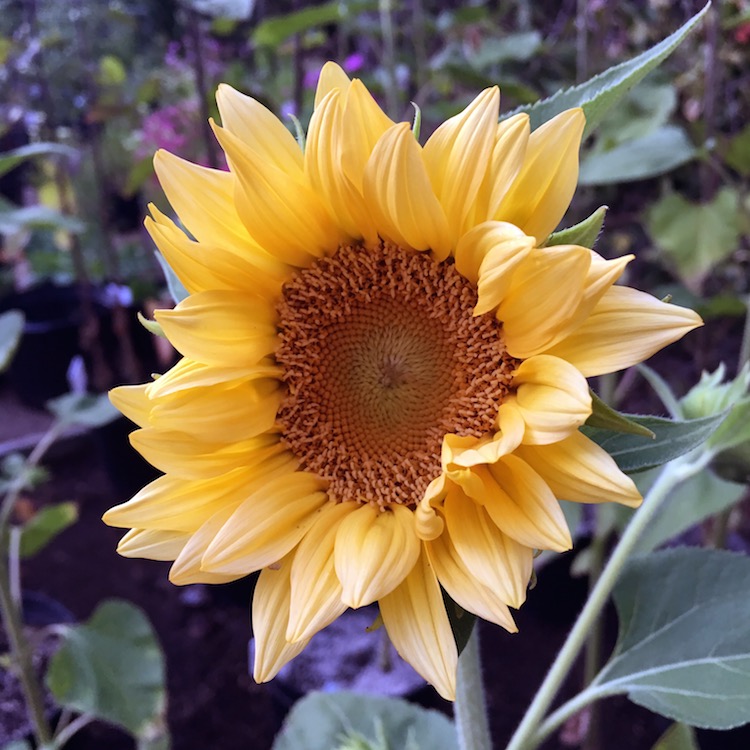
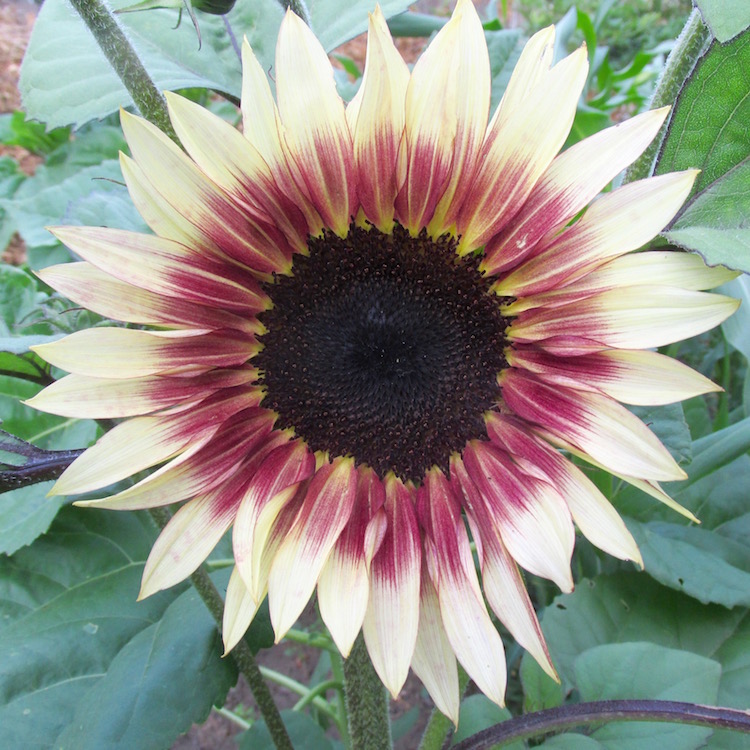
I find it difficult to say no to a sunflower. Pollen-producing? Pollen-free? 12 inches tall? 12 feet tall? Yes, please, to all of the above. I planted too many sunflowers in the vegetable garden this year, to the detriment of a few sun-starved pepper plants, but to the exuberant enjoyment of all who saw them blooming, humans, insects, and birds alike.
There are dozens of reasons to plant sunflowers in your garden, and many dozens of sunflower varieties available to plant. To narrow down which are the best types of sunflowers to plant, think about what you want from your sunflowers. Armloads of cut flowers to brighten your tables? Abundant nectar, pollen, and seeds for wildlife? A patio container garden? A living fence?
Pollen or Pollen-free?
If you want to grow sunflowers primarily to use as as cut flowers, pollen-free varieties are the way to go. These hybrids produce only female flower parts, so no pollen is produced to sprinkle your tablecloth. Pollen-free sunflowers will still produce nectar, as well as seeds, if you have pollen-producing sunflowers planted nearby. The viable seeds will not come true to the mother plant.
If your main reason to grow sunflowers is to enjoy while they bloom on the plant, choose some varieties that produce pollen, like Autumn Beauty. Many types of bees, honeybees included, adore pollen-producing sunflowers. Any type of sunflower will attract butterflies while they are blooming, and then birds galore will come to feast when the seeds ripen. Dried sunflower seed heads and stalks make great fall decor.
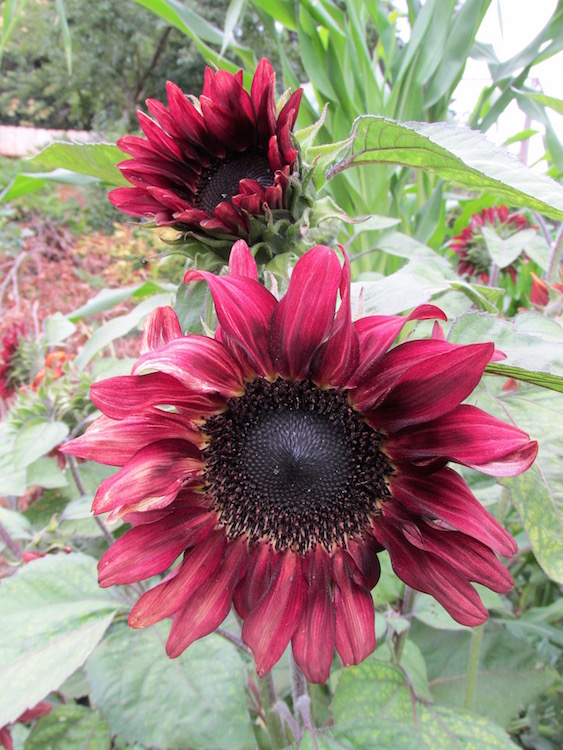
Pollen-free Red Wave sunflower
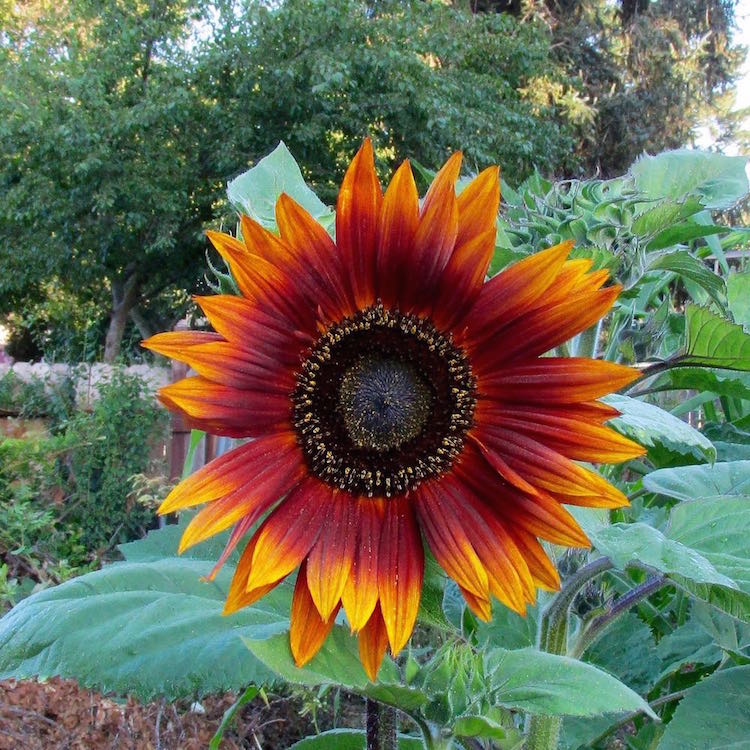
Pollen-producing Autumn Beauty sunflower
Tall, dwarf, or in between?
Sunflower plant sizes vary widely, from tiny foot-tall powerhouses to 2-story tall giants. Name your height range; there likely will be several sunflower varieties to choose from in that range. Many sunflowers thrive in containers, so you can even grow sunflowers on a small patio or a sunny balcony.
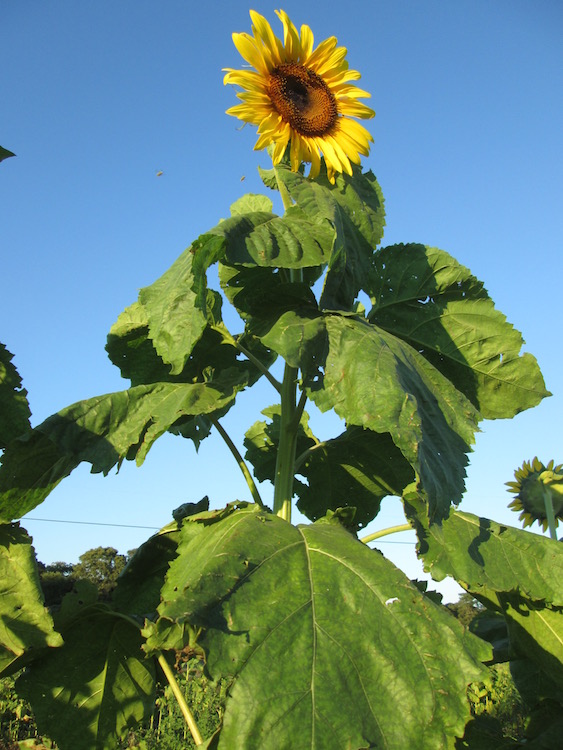
The stately American Giant sunflower.

The cute Sunny Smile dwarf sunflower.
Single-stemmed or branching?
Single-stemmed sunflowers are ideal for cut flowers, because of their long, sturdy, straight stems. One flower per plant. Branching sunflowers produce multiple, shorter-stemmed flowers, which are great for smaller bouquets, and masses of color in the garden. Many branching sunflower varieties can be planted in a row to make beautiful summer fences or hedges.
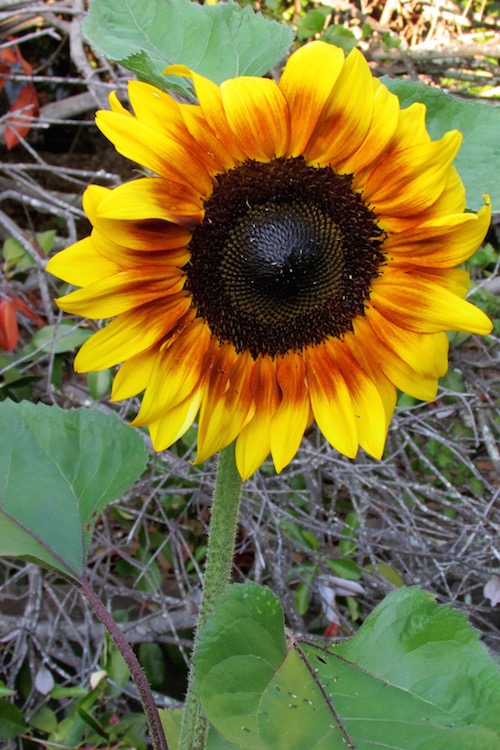
The single-stemmed ProCut Bicolor sunflower.
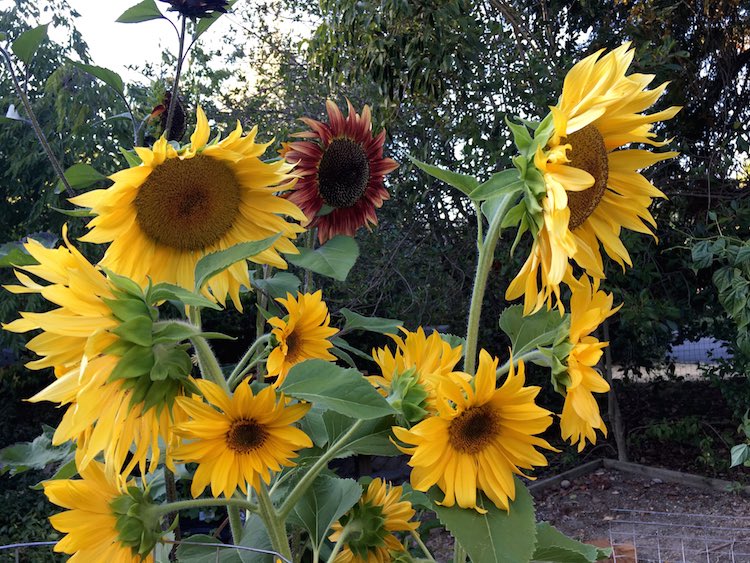
The multi-branching Apricot Daisy sunflower.
Which color?
Sunflowers come in a wide color range of warm yellow, orange, red and gold shades, but some are light, creamy yellow or dusty pink, perfectly at home even in a pastel-themed garden.
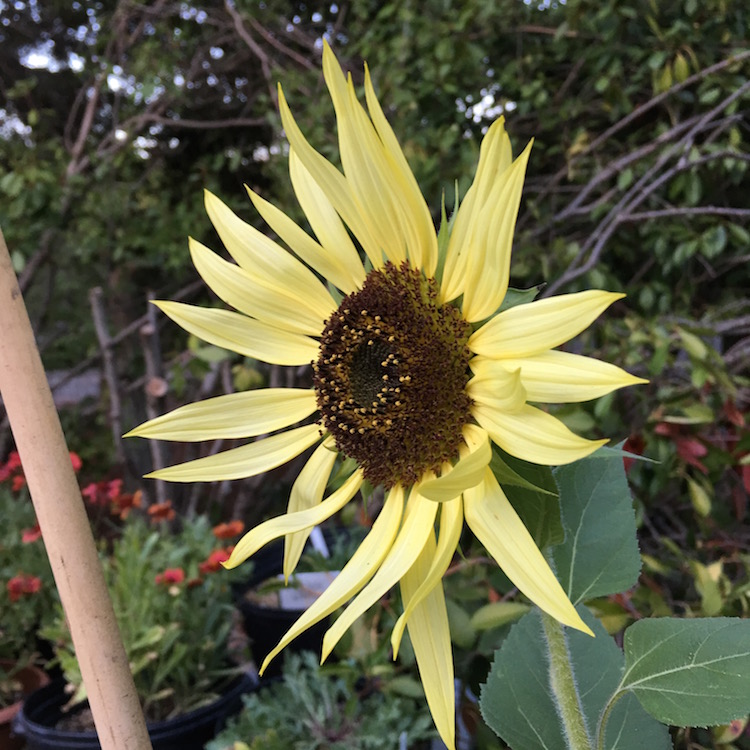
Butter Chiffon sunflower.

Cherry Rose sunflower.
How do you use sunflowers in your garden? I would love to hear and see photos of your sunflower-related garden projects.


